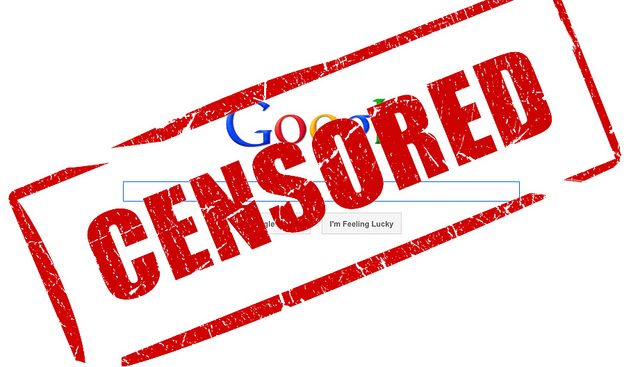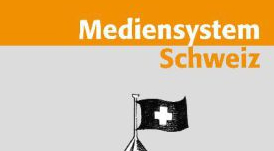Schweizer Journalist, September 08, 2008
A study on the use of anonymous sources by the New York Times
According to Clark Hoyt, Public Editor of the New York Times , anonymous sources are “the lifeblood and the bane of journalism.” At times, working directly with a source is the only way for journalists to gain access to certain kinds of information. In such cases, the identity of the source must be kept secret in order to protect him or her from harm – be it physical or financial.
Without insider knowledge, for example, the New York Times would probably never have managed to reveal the fact that for some time the Bush administration had been secretly (and illegally) monitoring international phone traffic.
Protecting sources remains vital for journalists who wish to act as watchdogs of democracy, yet there is significant risk involved with allowing sources to remain anonymous. For instance, the possibility of being led astray by questionable “informants,” or being duped into publishing a faux-scoop. Such journalistic violations may arise as symptoms of an increasingly fierce competition among media outlets to break hot news stories.
Deliberately circulating false rumours has never been easier. The reports in the Times on the alleged extramarital affair of Republican presidential hopeful John McCain are clear examples of how a newspaper can be manipulated by questionable sources.
The same story may have prompted Hoyt to request a study from Columbia University. For this, he asked media research students to provide a scientific answer to whether and how news coverage by the Times changed after its Executive Editor published a set of guidelines calling for a new, more restrictive use of anonymous sources.
Results indicated that the guidelines have had an impact indeed. Even a super-tanker of a newspaper such as the NYT, which currently employs a staff of 1,200 editors and reporters, is susceptible to a bit of manuvering. Due to new guidelines, anonymous sources are being used only half as often as before. In addition, their input is extremely rare on the paper’s front page. This, for obvious reasons, is handled by the paper’s Executive Editor with particular care.
Closer inspection reveals the fact that there remains room for improvement at the Times. Columbia students found that 80 percent of anonymous sources tend to be “not adequately described to readers.” Hence, it remains unclear why those sources are being protected and how they know what they know, or rather, claim to know. Additionally, sources are allowed to express personal opinions more often than in the past – in direct contradiction to the guidelines.
After compiling research, the students were given the opportunity to present their findings to the Times’ Executive Editor Bill Keller and News Managing Editor Jill Abramson – a form of research transfer utilized all too rarely these days.
Source: Clark Hoyt, “Culling the Anonymous Sources”, in: New York Times, 8 June 2008 http://www.nytimes.com/2008/06/08/opinion/08pubed.html
Translation: Oliver Heinemann










































